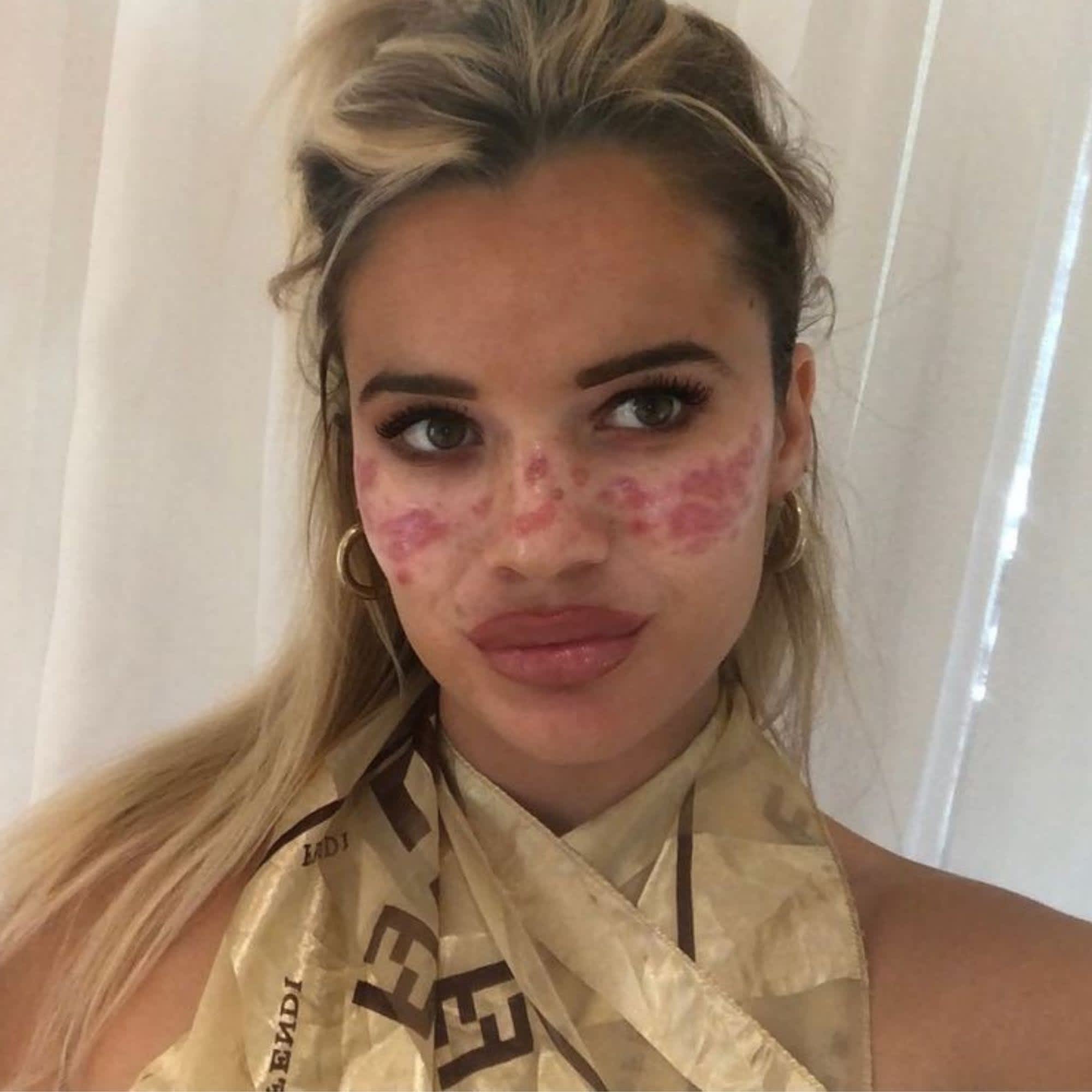
- POPSUGAR Australia
- Beauty
- Slugging Is the TikTok-Approved Skincare Trend That Shouldn’t Be Tried by Everyone
Slugging Is the TikTok-Approved Skincare Trend That Shouldn’t Be Tried by Everyone

Skincare advice abounds on TikTok. From the extravagance surrounding #SpaNightRoutine to facial cupping and the beauty hacks that should be avoided at all costs, it’s safe to say that there’s a lot going on when it comes to beauty on TikTok. One recent trend popular on the app is slugging. While this has nothing to do with actual slugs, it does concern your skin.
What is slugging?
The concept of slugging works as follows: You complete your nighttime skincare routine as normal, finishing by slathering your face in a heavy occlusive product — usually Vaseline or something else petrolatum-based. By doing this, you are creating a film on your skin that helps to reduce 99 percent of transepidermal water loss and can help repair the skin’s barrier if its compromised.
While the origins of this technique aren’t exactly known, it’s often cited as a K-beauty hack and is a surefire way to impart hydration into your skin. As TikTok users demonstrate, this technique leaves your face thick with a mucus-like finish — much like the mucus left behind by a slug. Gross but true.
Should you try slugging?
While TikTok users love and swear by this technique, it’s not for everyone. Slugging is perfect for those with extremely dry and dehydrated skin or for those dealing with a compromised skin barrier. By preventing water loss from occurring with slugging, you are giving your skin a helping hand in barrier repair.
If you sit in this camp and want to try slugging, go for it! You’ll soon find out if this technique is for you or not. When it comes to those with oily or acne-prone skin, experts recommend steering clear of slugging. While the most commonly used product for slugging is technically non-comedogenic (which means it won’t clog pores), this technique is still pretty intense for these skin types.
In fact, using occlusive products on oily or acne-prone skin can actually trap the oil or dead skin cells, making the skin situation worse in some cases. If you are interested in trying slugging for yourself, dermatologist Loretta Ciraldo, M.D., FAAD, recommends taking before and after photos to track your slugging progress.
“Sometimes issues like clogged pores or an increase in surface oils may not show up for several days, so it’s important to follow with daily photographs to see if there are any adverse reactions or visible benefits,” she told MindBodyGreen.
How to do it
Since slugging seals everything into your skin, you want to make sure your skin is super clean before starting the process. Remove your SPF, makeup and dirt and oil with a thorough cleanse, then follow up with your regular skincare routine. After applying your moisturiser, take your occlusive product and warm it in your hands.
Apply to the entirety of your face, creating a nice barrier. Make sure to do this a while before bed, in order to let the skincare settle into the skin — no one wants a gloopy mess left on their pillowcase!


